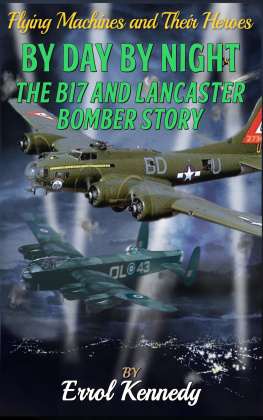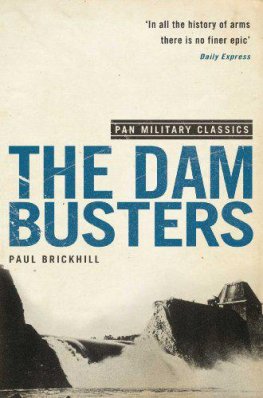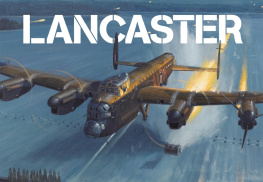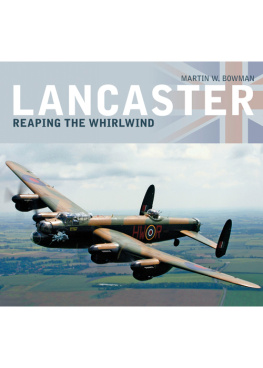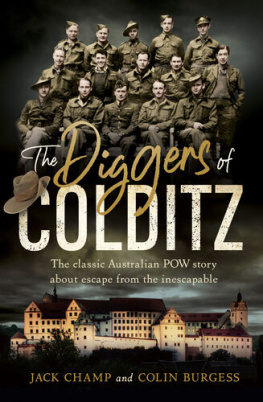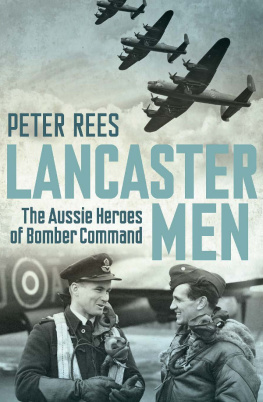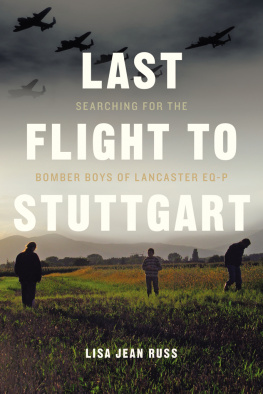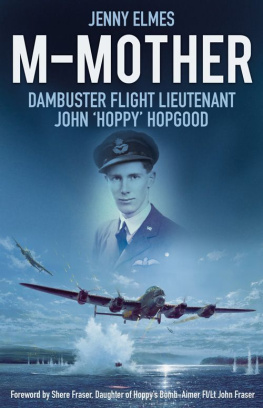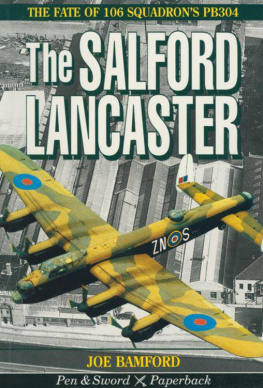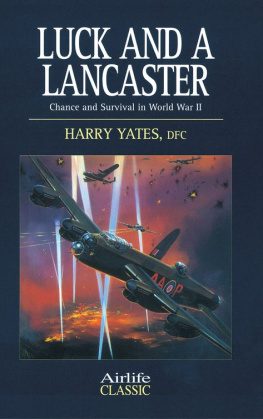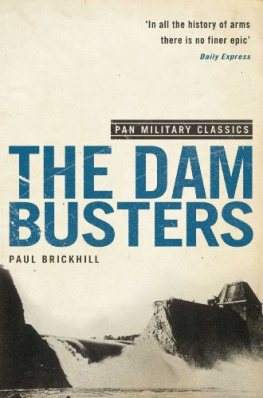Contents
BY DAY AND BY NIGHT
The B-17 and Lancaster Bomber Story
By Errol Kennedy
Meet the men and women with their extraordinary stories and the remarkable aircraft that helped shape history by determining the outcome of critical military battles.
Copyright Errol Kennedy and Imagination Band Limited 2015
Published by Lundarien Press, UK
ISBN
978-1-910816-28-8 (epub)
978-1-910816-27-1 (mobi)
The right of Errol Kennedy to be identified as the author of this work has been asserted in accordance with the Copyright, Designs and Patents Act 1988
For more info and other books in this series, including this audiobook read by Edward Woodward, go to:
www.flyingmachines.uk
Other Books in the Flying Machines and Their Heroes Series
1.THE BLENHEIM BOMBER STORY
2.AGAINST ALL ODDS - The Guinea Pig Story
4. TWO LEGENDS OF WWII - The Spitfire and Mustang Story
5.THE PISTON WARRIORS OF WWII
more to follow soon
By Day and By Night - The B17 and Lancaster Bomber Story

Robert Morgan, Pilot of the Memphis Belle: It would bring you home on one engine, two engines, with half the tail shot off. It was a great aeroplane.
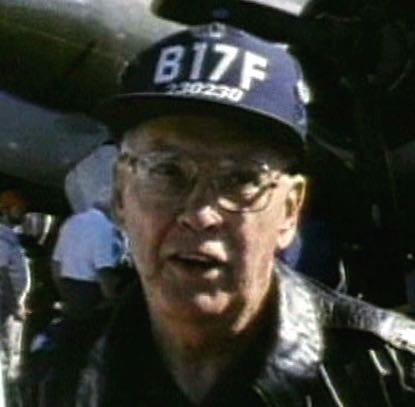
Retired L.T.C. Boardman Reed, US Air force: If you are asking if we were scared, yes we were scared.
Throughout the long and brutal war against Germany, Britains Lancaster Bomber had an invaluable and faithful partner in Americas B17, the Flying Fortress. As perfect counterparts, the Lancaster bombed at night while the Fortress, with precision bombsight and the ability to fly at high altitude, bombed in the daylight. More than 90,000 United States airmen and 11,000 aircraft flew the Atlantic to Europe to take Americas role in the war deep into the German homeland. Less than half the men and one quarter of the planes returned.

Each crew stayed with the same aircraft throughout the required 25 missions. After 25 missions the men could return home, sometimes with the plane. Obviously only some men and aircraft reached their target.

The first to do so and the most famous was of course the Memphis Belle. William Wylers camera followed her on her 25th and final raid for the famous American cinema documentary.
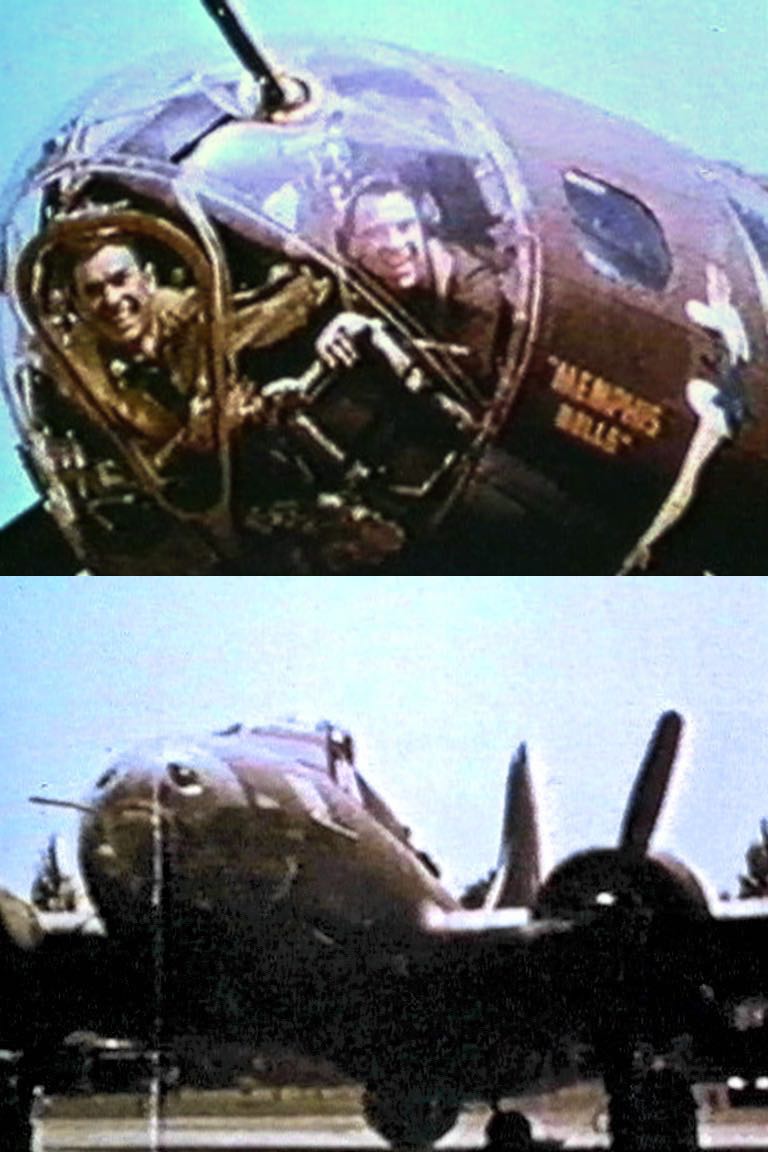
The footage was to inspire the Hollywood film 40 years later.
The story of the B17 began in 1934 with the American Army air core circular 3526 in which the US Army spelled out to various aircraft manufacturers their requirements of a new bomber to be a long-range land based anti-shipping bomber aircraft.
They wanted it to be fast, to travel at 250 mph at 10,000 feet and have a service ceiling of 25,000 feet. Many US aircraft companies competed for the contract but Boeing had the foresight to produce the successful design.


Ed Wells, Assistant Product Engineer: The air core sent out a request for a proposal in the summer of 1934 asking for companies to submit a prototype for a competitive fly-off and they specified that it be a multi engine aeroplane. They didnt say two, three or four. In the request for proposal they asked for certain performance. At that time it was about 2,000lb of bombs with a range of 2,000 miles. Clare Egbert who was President of the company at that time had the wisdom to decide that multi engine could mean four so he recommended that we go ahead with the four-engine design which was the design of the 299.

That model the 299 was the prototype that was to become the legendary Flying Fortress. The B17 was the first four-engined aircraft to use modern aerodynamic and constructional technology. Those aerodynamic tests now look very old fashioned, with huge fans and tufts of yarn stuck to the model wings to examine air flow. Altitude testing was exhaustive as this plane was to fly high.

Huge refrigeration machines chilled the air down below -75. In them, equipment engineers dressed the stratosphere, tested every single valve and component methodically to see if it would work in such intense cold. At -70 hot coffee was out of the question. The prototype itself was of course flown again and again up beyond 35,000 feet.

When the prototype model 299 was wheeled out in Seattle in July 1935 one newsman was so impressed with her armament that he called her the Flying Fortress and the name stuck. However the road of prototype 299 was not all smooth and successful. The prototype crashed in October 1935 killing the army test pilot and Boeings chief test pilot. It cost Boeing the initial army air core contract for 65 aircraft but the army did order 13 test models and in January 1936 Boeing was awarded the contract to build 13 of the new bombers for deployment as initially planned in the Pacific as anti-shipping bombers. As demand for the aircraft grew Boeing had to devise strategies for meeting the demand.
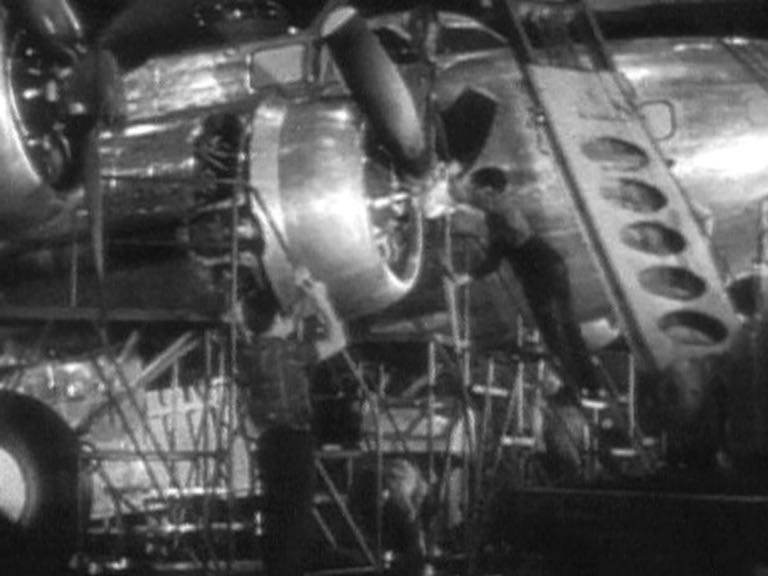
Ed Wells, Assistant Product Engineer: While the aeroplane was broken down into components, having the separate wing panels and body sections that could be built in units and assembled on the final assembly floor made it possible to get a large production order out of a relatively small factory.

Of course we were working three shifts a day and basically seven days a week. We had lots of people in all and it was very noisy but it wasnt really confusing, we had the wing line and the engine shop, the final assembly, it was very compact and of course it grew in size.
It was the American women during the war who laid those miles and miles of cable and wiring.
About 5 miles of electric wiring go into each bomber, 5 miles of copper nerds arranged in intricate patterns, it was our job to cut the wire and arrange these patterns. Using coloured lines painted on wooden patterns we followed the curves around pegs and make an entire intricate assembly.

